Encyclopedia of Indian Dances (In 2 Volumes)
India dance encompasses a board variety of dance and dance theater categories, starting from the very old temple or classical dance to contemporary and folk dances. Indian classical dance is a misnomer and actually refers to Natya, the sacred Hindu musical theatre styles. Its theory can be traced back to the Natya Shastra of Bharata Muni (400 BC). The Sangeet Natak Akademi currently confers classical status on eight ‘dance’ forms. The Indian dances are broadly divided into Classical dances and folk dances. The classical dances of India are usually spiritual in content. Though the folk dances of India are also spiritual and religious in content but the main force behind the folk dances of India is the celebratory mood. Dances are a form of coherent expression of human feelings. Like the Indian culture, Indian classical dances are equally diverse in nature. There are numerous classical dance forms in India and innumerable folk dances. Each dance form can be traced to different parts of the country. Each form represents the culture and ethos of a particular region or a group of people. The most popular classical dance styles of India are Bharatnatyam of Tamil Nadu. Kathakali and Mohiniattam of Kerala, Odissi of Orissa, Kathak of Uttar Pradesh, Kuchipudi of Andhra Pradesh and Manipuri of Manipur. The book presents a fresh outlook and some revealing conclusions which should open new vistas for further studies.
Get it now and save 10%
BECOME A MEMBER

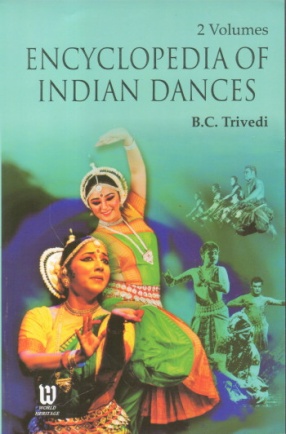
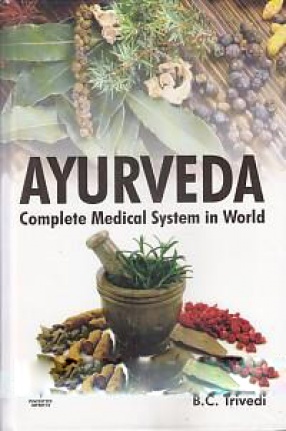
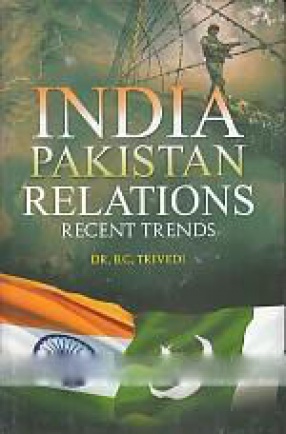
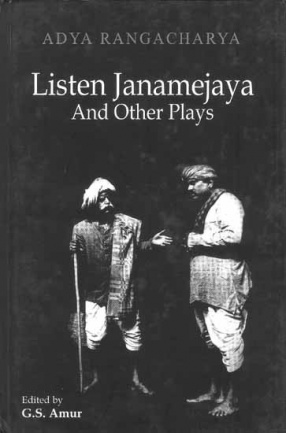
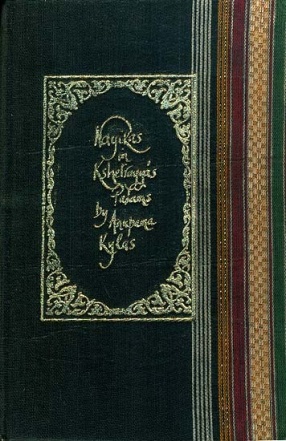
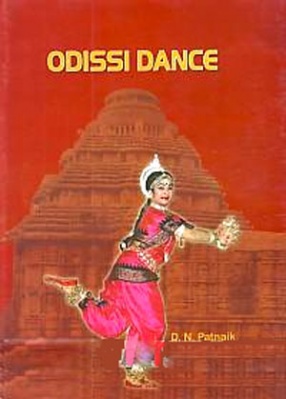
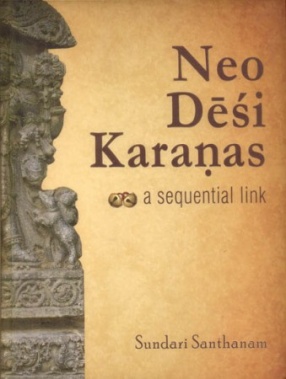

Bibliographic information